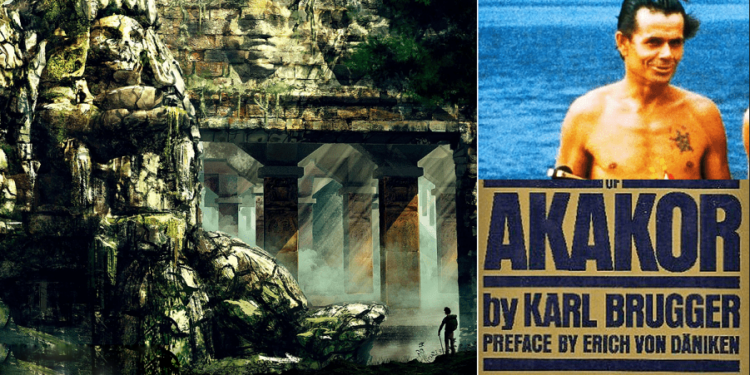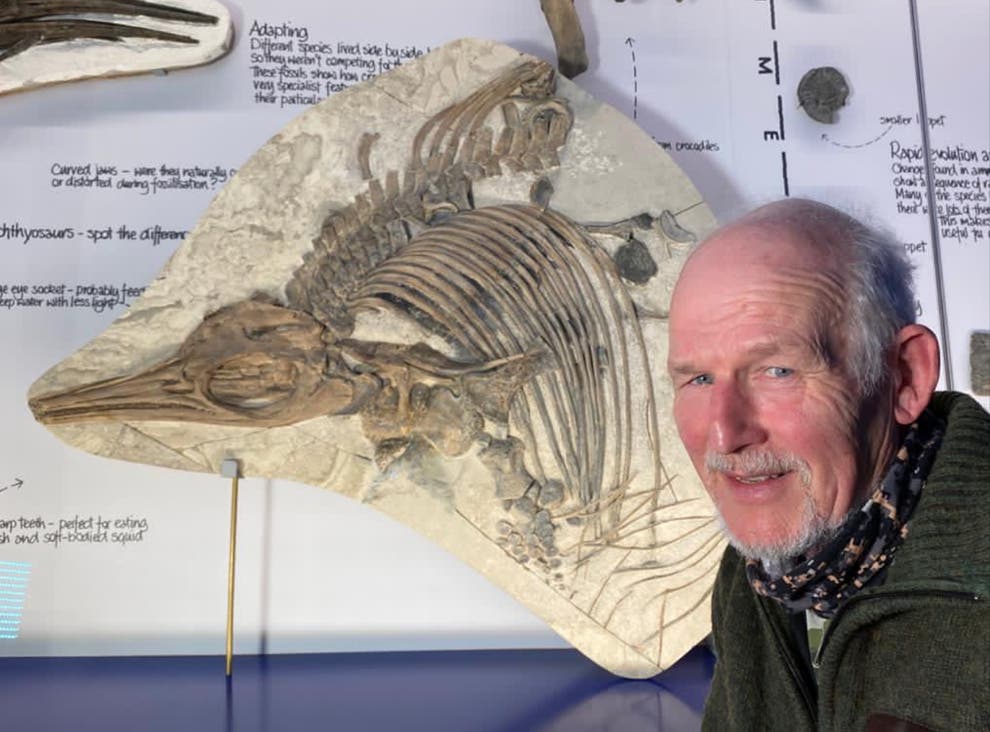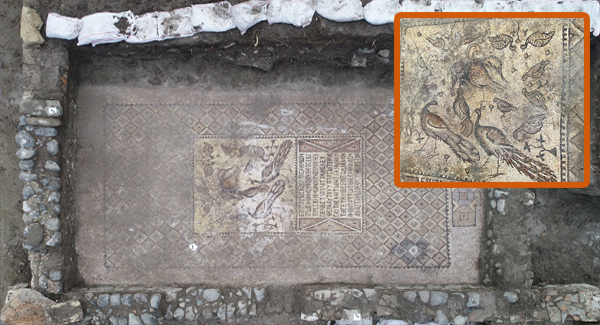The legends of underground settlements have been amazing the explorers for a very long time. In the various cultures and religious texts, there is a reference to underground cities (also called the underworld), where a spirit of the dead resides. Many people believe that there are various entrances to the underground such as the Pyramid of Giza, Iguaçú Falls, Gobi desert, the Andes, the Himalayas, etc. Among them, a tale of the lost underground city of Akakor is outlandish.
In the 1970s, Erich von Däniken mentioned in his book “The Gold of the Gods” the gigantic subterranean tunnel system in Southern America. The story later became the subject of a book by German journalist Karl Brugger, entitled “The Chronicle of Akakor,” published in 1976. In 1972, Brugger was fascinated by the story of the underground kingdom in the Amazon jungle told to him by a man named Tatunca Nara.
Brugger came to the Brazilian town of Manaus to investigate the weird stories told by Tatunca Nara who introduced himself as a chief of the Amazon tribe known as the Ugha Mongulala. He had an unusual appearance, was looking like Indian being white, and spoke Portuguese with a decidedly German accent. Tatunca told Brugger that he had come from a city populated with many Germans. He said that his mother was German and his father was a tribesman.
According to Tatunca, the Amazon was occupied by humans in Year Zero of the Chronicle, 10,481 BC at the time of mystical Atlantis. He stated that Gods had come from a solar system known as ‘Schwerta’ and built an underground tunnel system in South America. This civilization left 13 underground cities in South America in the jungles of the Amazon. Besides, the gods who built those underground settlements gifted the Ugha Mogulala people with various mystical powers.
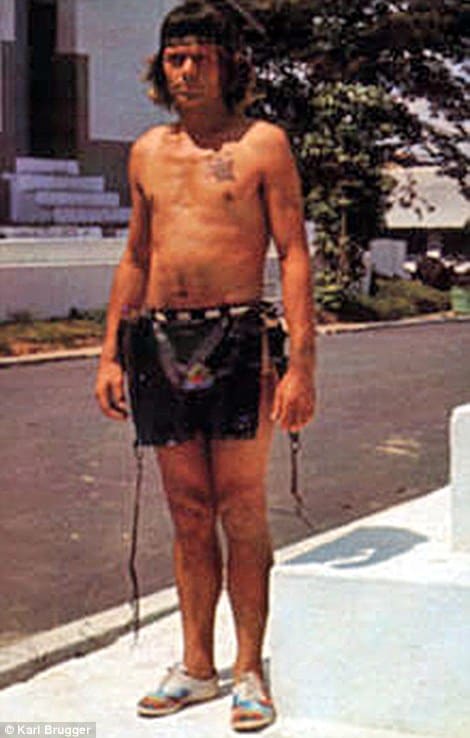
The city was reportedly surrounded by the high walls with 13 entrances and numerous watchtowers. According to Tatunca, Akakor was the last city among 26 others, but all of them got destroyed 13 years before the gods left the place. He also claimed that there are the tombs of four gods, mummified in stone columns in the deep inner recesses of the city.
Tatunca described the culture of Akakor in so much detail that convinced Brugger and later, he wrote a book, using the notes and audiotapes he had made during the conversation.
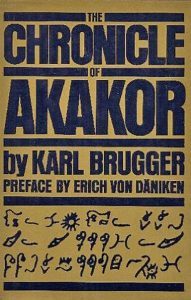
In 1984, Brugger was gunned down on the beach in Rio de Janeiro that deepened the mystery but his case was never solved. In 1990, German adventurer Rüdiger Nehberg and film director Wolfgang Brög met Tatunca to make a documentary film about him. Interestingly, the crew found out that Tatunca Nara was actually a German named Günther Hauck, who had fled to Brazil due to avoid alimony payments after his divorce. His ex-wife confirmed that it was him. Amazingly, even when confronted this, Tatunca denied the allegations against him and insisted that his story was completely true. He was even investigated by police but no charges were made.
Whether or not Tatunca’s claims were real, the story of Akakor inspired the Indiana Jones movie’s fourth installment, “The Kingdom Of The Crystal Skull.” He continued saying it is all real.

